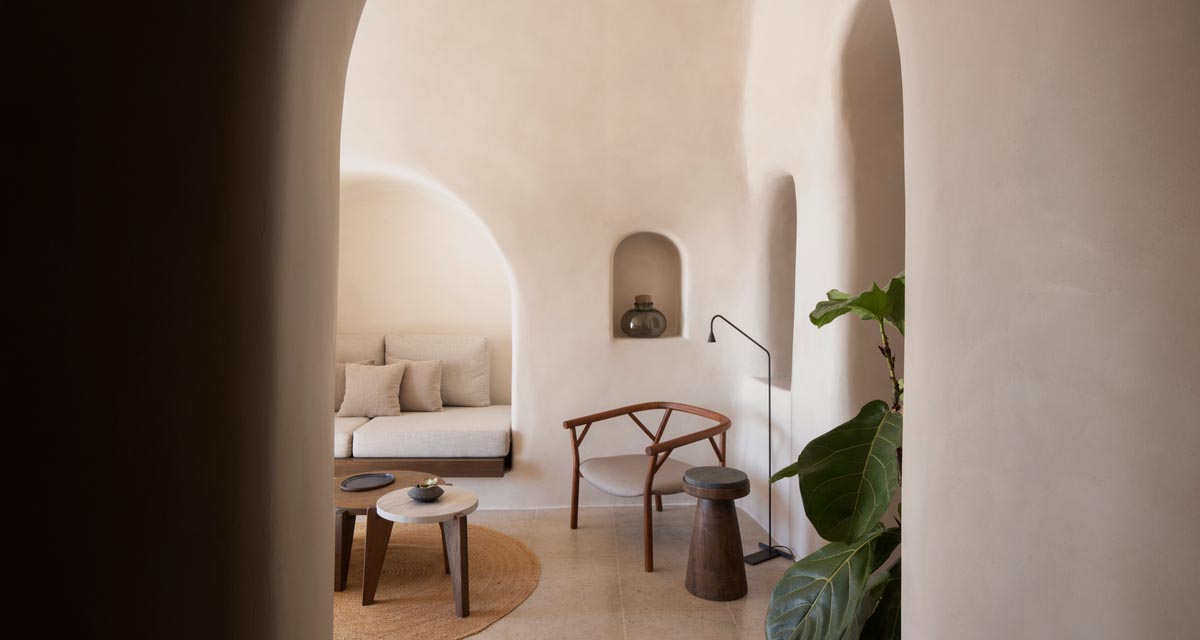If you’re an avid reader of design magazines, websites and/or blogs you may have noticed the rise in natural looking, textured walls.
This rise may well have co-incidentally aligned with the global pandemic, where people are not only spending more times in their homes, but are also re-evaluating their homes and their priorities. Over the last few months while people have been nesting at home, there has been a craving for a return to simplicity.
In the design world this has manifested in the desire for locally sourced homewares and hand crafted furniture. A preference for earthy colours, a craving for natural materials, a desire for a layered and textural home.
This aligns with the Japanese ethos of “wabi-sabi”, meaning finding beauty in imperfection. In the context of interior design, we see this as a space that embraces simplicity, the beauty in the everyday and ordinary, and embraces imperfection over trying to correct it.
Textured walls, thanks to their tactile and refined appearance, bring a natural warmth to a space, in a very simple and aesthetically pleasing way. We’ve previously seen this style more in warmer Mediterranean climates, where the walls speak to the surrounding natural landscape.



Images 1 – 3
While there are many ways to achieve this subtle wall finish, limewash has proven to be one of the most popular options. Seen a lot in Belgian design, mineral-based lime wash provides a chalky, textured finish with subtle shifts in colour, that age beautifully.
What is limewash? Limewash is made from limestone that has been crushed, burned and mixed with water to make a lime putty. The putty is aged and then thinned with water and coloured with natural pigments. Limewash creates surfaces that are mottled and matte with a chalky texture. As an added bonus, limewash is also free from added solvents making it far less hazardous than paint

 Images 1 – 2
Images 1 – 2
Limewash sinks in upon application, so has typically been applied to porous surfaces like stone, plaster and brick. However with the correct primer (like acrylic, which the limes can bond to) it can also be applied to drywall. We mostly know limewash as an off-white colour, however with the addition of pigments we are seeing more sandy, taupe and brown colours.
Venetian plasters and Tadelakt are two other finishes with a similar textural appearance to limewash. Venetian plaster is as a realist of adding aged slaked lime plaster and gives of a polished plaster finish. Tadelakt has the same textural appearance as limewash, but its waterproof nature makes it perfect for wet areas. You will have Tadelakt used in Moroccan interiors.
We love the use of this type of material in a simple setting, complimented by lots of natural materials and contrasted with simple, modern furnishings.





 Images
Images

 Images
Images